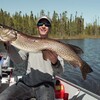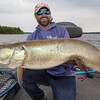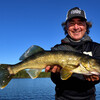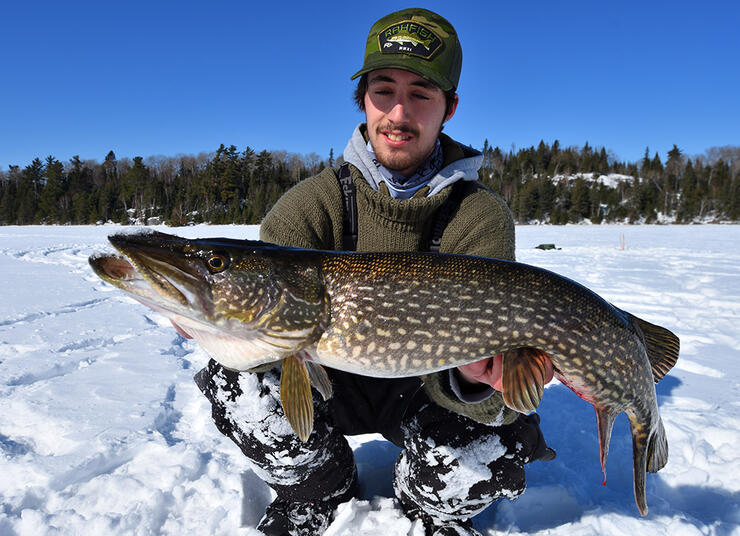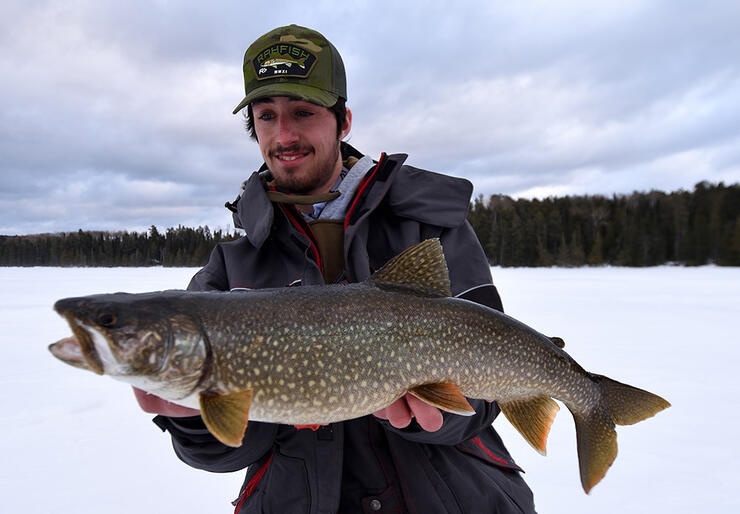
A Fitting Final Fling
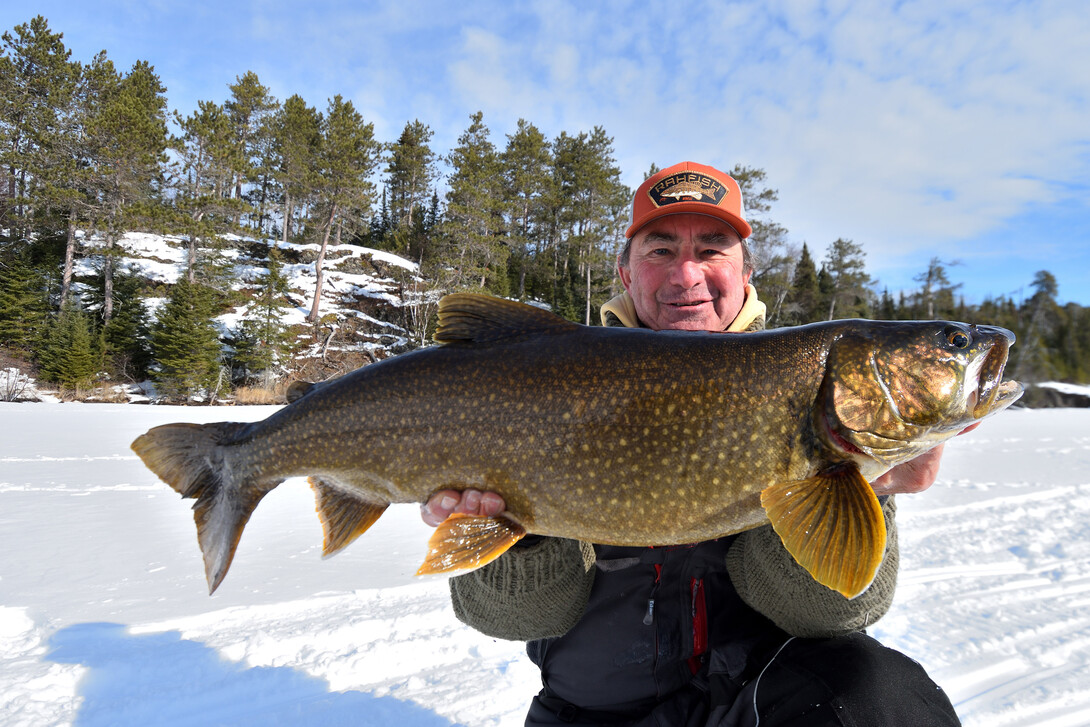
The month of March on the Northern Ontario ice fishing calendar is a good news-bad news story. For die-hard aficionados, the bad news is that the season is drawing to a close. The good news, however, is that the last days of winter and first days of spring present us with some of the best fishing of the season, under brilliant blue skies and oh-so-warm, sunny weather.
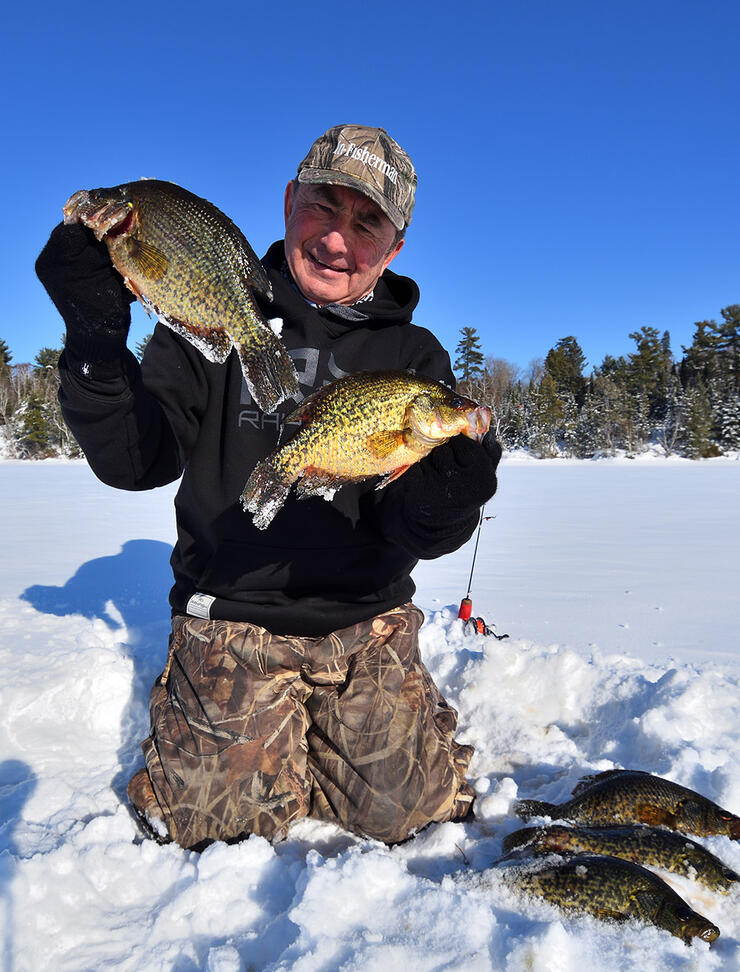
One of the principal reasons the action heats up is because species like walleye, sauger, northern pike, yellow perch, black crappies, and bluegills spawn in the coming days of spring. The fish actually started developing their eggs last summer, but when water temperatures plummeted in the fall and ice locked up the lakes, they went into a state of torpor and fed just enough over the winter to keep the fires burning within their bellies.
But with the egg-laying process only days away for fish like northern pike, which will often spawn when ice still covers much of the lake, the fish need to start feeding much more heavily in order to gain the nourishment they require to complete the egg maturation process.
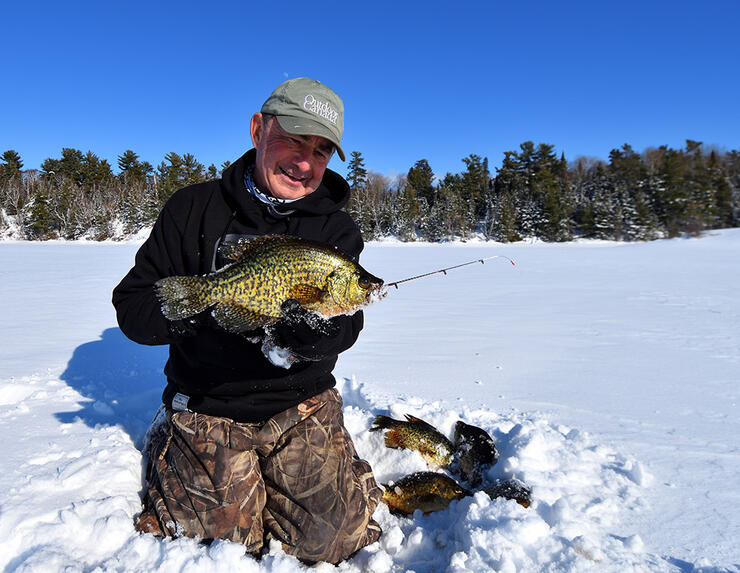
This is the reason the vast majority of fish that we catch in the later half of the season are visibly plump, egg-laden females that require many more calories. It is also the reason most ethical ice anglers carefully release the larger female fish, after taking a quick photo or two, keeping a few smaller males or immature fish for shore lunch or dinner. It makes it a win/win for the fish and the fishers.
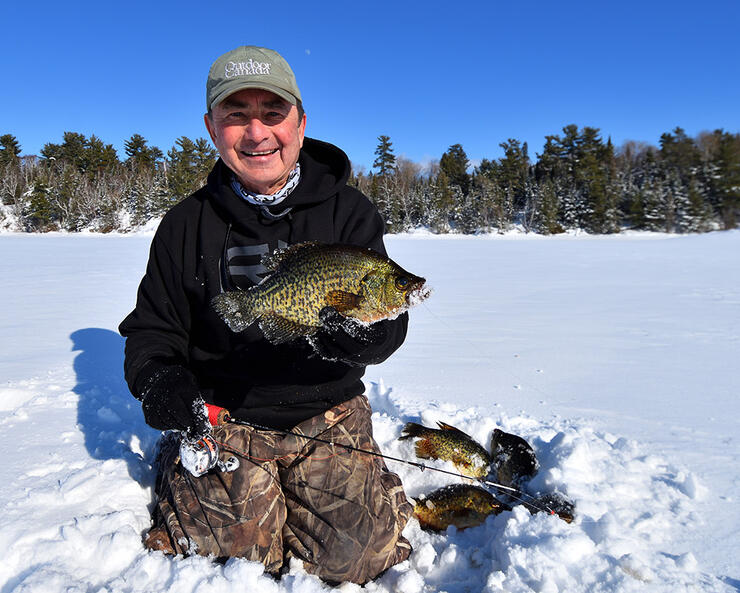
Another reason March, and even early April in the far north of the province, offers such outstanding ice fishing is that in addition to feeding for much longer sustained periods, the fish are on the move. Both horizontally and vertically.
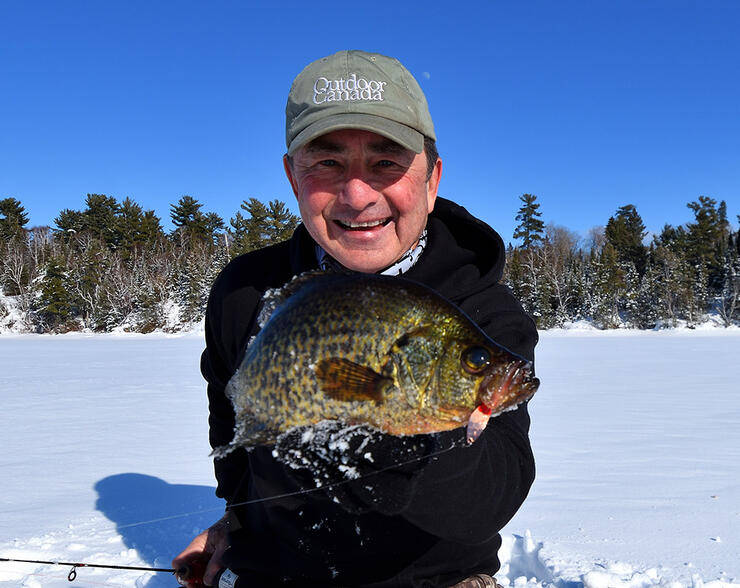
The ever-popular percids—walleye, sauger, and yellow perch—are great examples of these two-way movers and shakers. Earlier in the winter, for example, it was common to catch fish in deeper water, especially where the edge of a hard structure, like an underwater point or reef, merged with the basin or bottom of the lake. Now, however, it is common to find fish up on top of these features.
I was fishing for yellow perch and walleye a couple of weeks ago and found them nestled in 32 feet of water, where the tip of an underwater point merged with the bottom of the lake. But when I checked the same spot the other day, the perch were biting like crazy in 24 to 25 feet of water. And when the sun hit the horizon in the afternoon, the walleyes moved into the same depths, and I actually caught the biggest fish of the day 19 feet down.

These are the horizontal movements I was talking about, but I also have some late-season spots, close to where the fish will spawn in the days ahead, that I have been checking—and the walleye, perch, and sauger are starting to show up in ever increasing numbers. The count will only grow and get better in the days to come.
Ditto the big northern pike that is beginning to filter into the weedy bays and coves, where they will lay their sticky eggs on the submerged sticks, branches, and stalks of vegetation to keep them well oxygenated and out of the mud.

You have also probably noticed that I haven't mentioned lake trout and whitefish. I am often asked what species of fish I enjoy catching the most, and I always say... the one I am fishing for at the moment. I enjoy all of Ontario's bounty, but if the truth were told, I have long had a winter love affair with lake trout. There is just something special about the stunning Northern parts of the province where you find them. And lake trout don't get temperamental, morose, or glum. When they see your bait, you can watch them fly up on the sonar screen, slam your lure and try to rip the rod out of your hand. What's not to like about them—right?
The lake trout fishing is unsurpassed right now across much of Northern Ontario.
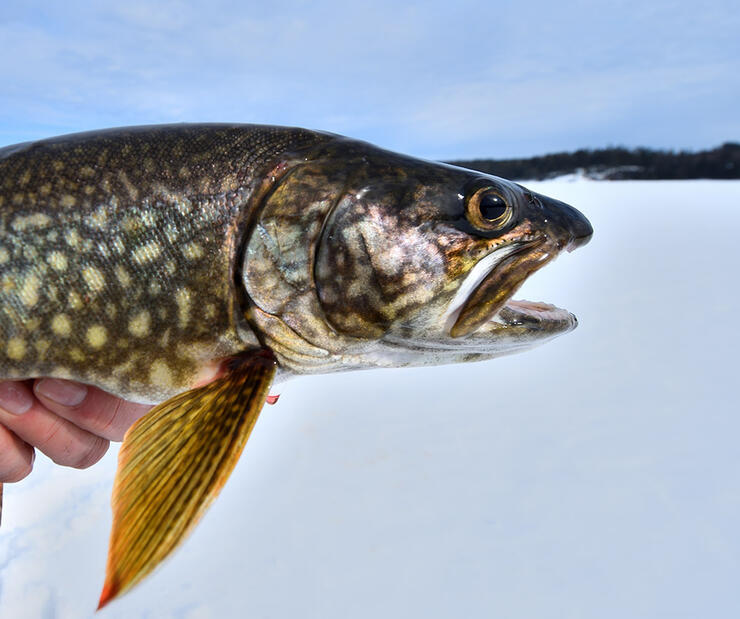
Well, from St. Patrick's Day onward, lake trout fishing is unsurpassed. Unlike the spring spawners, lake trout laid their eggs last autumn, so they are in full recovery mode now, with absolutely nothing more on their minds than stuffing as much as they can into their mouths. And with the snow and ice melting, allowing the powerful rays of the sun to penetrate even further into the water column, the sight-feeding trout are going crazy. Making for a fitting final fling across Northern Ontario.
Recommended Articles

Predicting Lake Thickness

Eating Northern Pike
Top 8 Places to Ice Fish in Ontario

Top 5 Baits for Smallmouth and Largemouth Bass

10 Facts About Lake of the Woods
Ontario Brook Trout

Reaching Deep For Walleye

3 Great Ontario Walleye Destinations

Big Basswood Lake Resort

Pleasant Cove Resort
Top 5 Musky Destinations in Ontario

The Northern Walleye Dream

Musky Mayhem in the Kawarthas
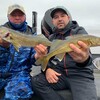
Abitibi Walleye Experience
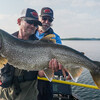
Lake Temagami Fishing

Top Flies for Northern Pike

The Perfect Shore Lunch

Wild Brook Trout

Best WhiteFish Tactics
